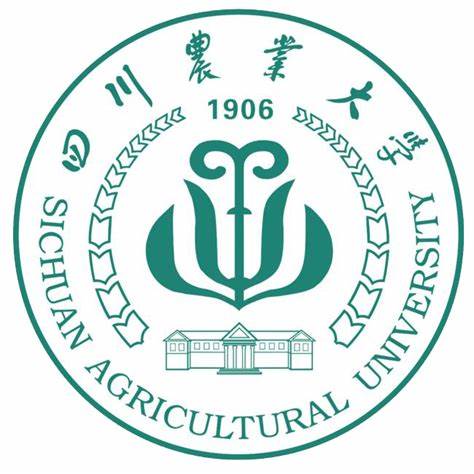Genome constitution and evolution of Elymus atratus (Poaceae: Triticeae) inferred from cytogenetic and phylogenetic analysis
作者: 刁圣轩 审稿人:魏育明 时间: 2024-04-02 点击次数:次
https://link.springer.com/article/10.1007/s13258-024-01496-9
Genes & Genomics,27 March 2024
Lu Tan,Dan-Dan Wu,Chang-Bing Zhang,Yi-Ran Cheng,Li-Na Sha,Xing Fan,Hou-Yang Kang,Yi Wang,Hai-Qin Zhang,Marcial Escudero&Yong-Hong Zhou
Abstract
Background
Elymus atratus(Nevski) Hand.-Mazz. is perennial hexaploid wheatgrass. It was assigned to the genus Elymus L. sensu stricto based on morphological characters. Its genome constitution has not been disentangled yet.
Objective
To identify the genome constitution and origin of E. atratus.
Methods
In this study, genomic in situ hybridization and fluorescence in situ hybridization, and phylogenetic analysis based on theAcc1, DMC1 and matK sequences were performed.
Results
Genomic in situ hybridization and fluorescence in situ hybridization results reveal that E. atratus2n = 6x = 42 is composed of 14 St genome chromosomes, 14 H genome chromosomes, and 14Y genome chromosomes including two H-Y type translocation chromosomes, suggesting that the genome formula of E. atratusis StStYYHH. The phylogenetic analysis based on Acc1 and DMC1 sequences not only shows that the Y genome originated in a separate diploid, but also suggests that Pseudoroegneria(St),Hordeum(H), and a diploid species withYgenome were the potential donors ofE. atratus. Data from chloroplast DNA showed that the maternal donor ofE. atratuscontains the St genome.
Conclusion
Elymus atratusis an allohexaploid species with StYH genome, which may have originated through the hybridization between an allotetraploid Roegneria(StY) species as the maternal donor and a diploidHordeum(H) species as the paternal donor.


